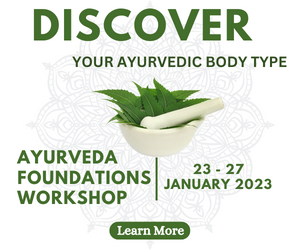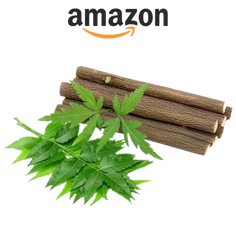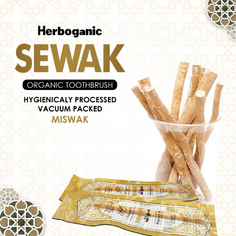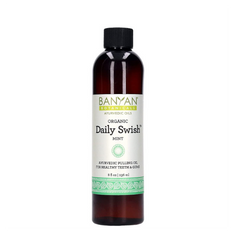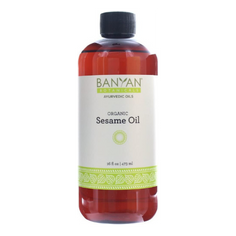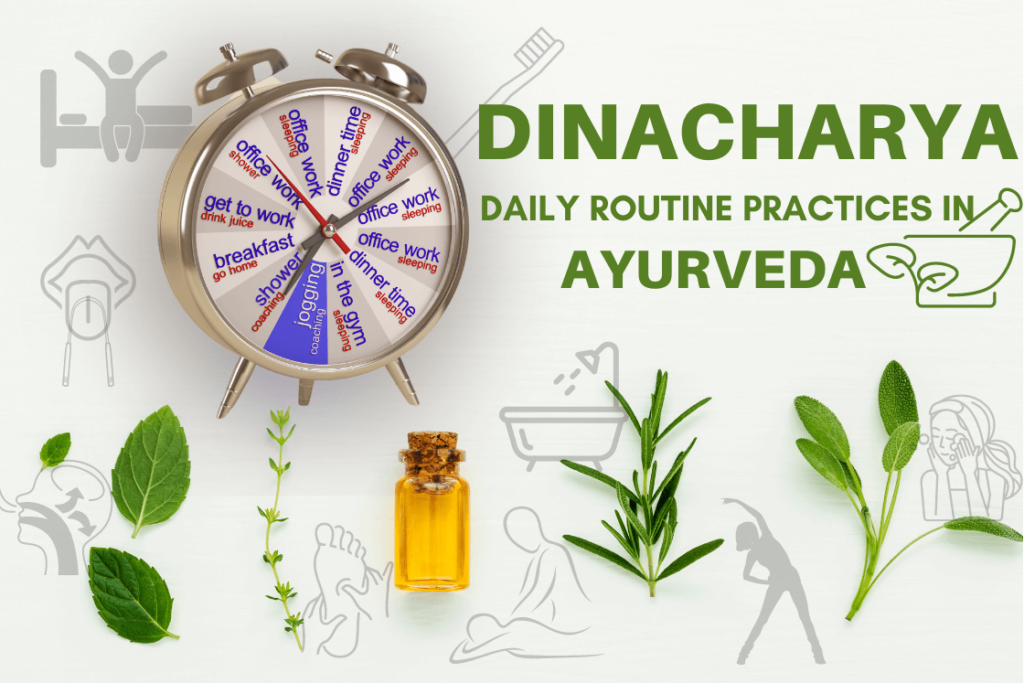
Do you ever feel like there just aren’t enough hours in the day? Running from one place to the next, multitasking, and cramming for deadlines can all take a toll on your mental and physical well-being. If this sounds familiar, never fear – Ayurveda is here!
Ayurveda, the ancient science of life, has advocated the practice of healthy living and longevity of life. The ultimate aim of Ayurveda is to preserve health and enable the individual to lead a productive life.
Here we will explore some simple but powerful Dincharya practices that can help restore balance while increasing health and vitality. Read on to learn how Ayurvedic philosophy can help guide a daily practice towards achieving wellness goals.
What is Dincharya in Ayurveda?
Keeping the prime motto of prevention of disease and maintenance of health, Ayurveda explains various regimens like Dinacharya (daily regimens), Ritucharya (seasonal regimens) and Sadvritta (code of conduct) as the principles for maintenance of health.
Dincharya in Ayurveda is a practice that involves adhering to a strict daily routine. It emphasizes bringing balance and synchronization into our lives through small lifestyle adjustments.
A treatise called Bhavaprakasha, in the context of Dincharya, explains that one who practices all the regimes will lead a happy, disease-free healthy life.
मानवो येन विधिना स्वस्थस्तिष्ठति सर्वदा |
तमेवा कारयेत् वैद्यो यतः स्वास्थ्यम् तदेप्सितम् ||
दिनचर्यां निशाचर्यां ऋतुचर्यां यथोदिताम् |
आचरन् पुरुषः स्वस्थःसदा तिष्ठति नान्यता ||
~ भा .प्र. पू. ख. १२-१३
The verse mentioned above explains that a person who follows all the regimens explained in Ayurveda will not have any health issues, and can lead a productive healthy life.
Dincharya Meaning
Dine dine charya dinacharya |
~ Ashtanga Hridaya Sutra sthana 2/1
The word Dinacharya contains 2 words – Dina means day and Charya means regimens or a prescribed course of living.
It means the activities performed on day to day basis regularly, combinedly termed as Dincharya in Ayurveda.
So it can be said that the term Dincharya explains the regimens to be followed by an individual right from waking from bed early in the morning till going to bed at the night.
The regimens explained in the context of Dincharya can be classified as
- Prataha charya– day regimens
- Saayam charya– evening regimes
- Ratri charya – night regimes
Dincharya – daily routine practices
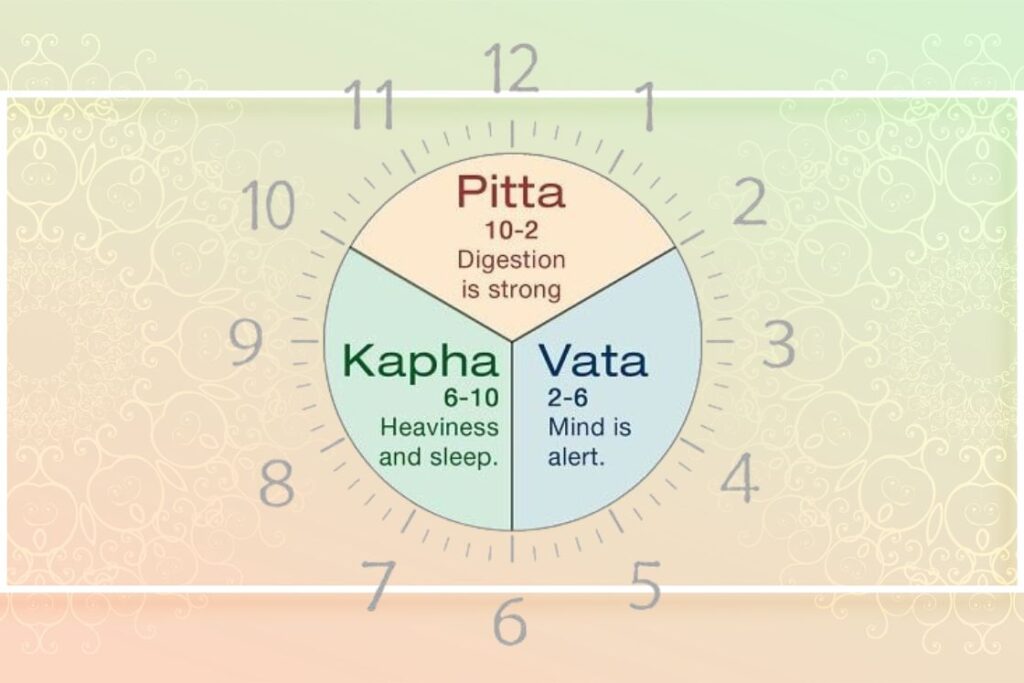
Following are some of the daily routine practices explained under the context of Dincharya
- Braahma muhurta uttistet – waking up in brahma muhurtha
- Danta dhavana – cleansing of teeth
- Jihwa nirlekhana – tongue scraping
- Kavala-gandusha – swishing of mouth
- Nasya – nasal instillation
- Dhoomapana – Inhalation of medicated smoke
- Anjana – application of collyrium
- Abhyanga – oil massage
- Udwartana – powder massage
- Vyayama – exercise
- Snana – bath
1. Braahma muhurta uttistet – waking up in brahma muhurtha

A famous quote explains, ‘Early to bed early to rise makes a man healthy, wealthy and wise’. In the same way, Ayurveda also explains the importance of waking up early in the morning before sunrise. Braahma muhurta uttistet means waking up during Brahma muhurta.
The term Brahma means knowledge, and Muhurtha refers to approximately 45 minutes duration.
Brahma muhurta is a sacred clip of nectar. It is half prahara (1 prahara= 3 hours) before sunrise, i.e. approximately 1hr 36 minutes before sunrise.
Also read: Benefits of waking up in Brahma muhurta
2. Dantadhavana – cleansing of teeth
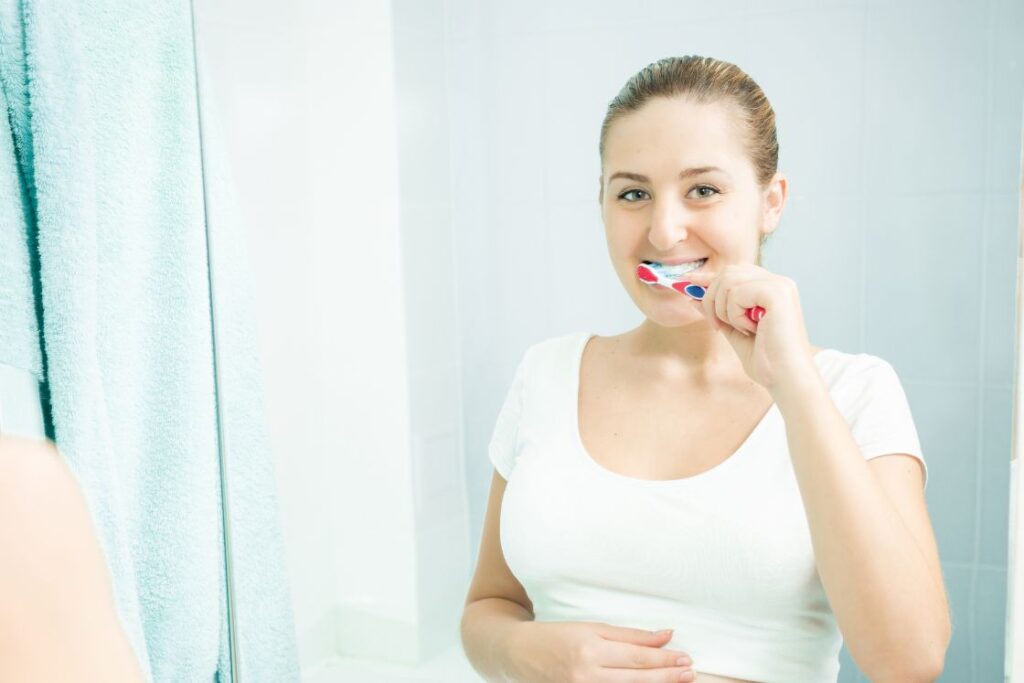
Danta –teeth, dhavana– cleansing
Sushruta Samhita and Astanga Hrudaya explain various twigs for the cleansing of teeth. It includes herbs like Khadira, Nimba, Yastimadhu, Nyagrodha, Karanja etc.
Method of brushing – 12 finger width of any healthy above-said twig has to be taken. It has to be chewed in order to make it like a brush. Then the tooth is brushed with it.
Based on the taste of the herbs, Sushruta Samhita explains following herbs are best for cleansing the teeth.
- Madhuka- madhura rasa (sweet taste)
- Nimba – tikta rasa (bitter taste)
- Karanja – katu rasa (pungent taste)
- Khadira – kashaya rasa (astringent taste)
Benefits:
- It helps in the removal of coating from the oral cavity
- It cleanses the teeth by removing the debris and plaques
Sushruta Samhita quotes Powder of herbs of Shunti, Pippali, Maricha, Twak, Ela, Patra, Saindhava Lavana, Tejohva should be mixed with honey and used as a paste on the twig. This works as toothpaste. All the herbs explained in this context are helpful in the mitigation of Kapha in the oral cavity. The use of this powder as toothpaste will remove the bad odour from the oral cavity and enhance taste perception.
3. Jihwa nirlekhana – tongue scraping
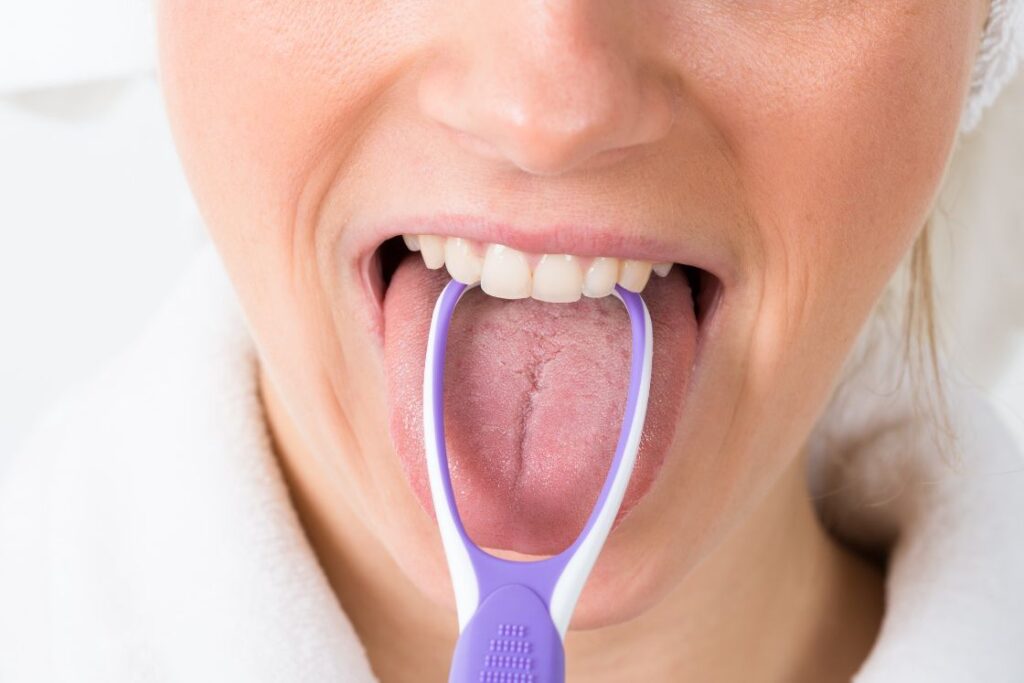
After cleansing the teeth, Ayurveda advocates scraping the tongue with a metal scraper.
Benefits:
- It helps in the removal of coating on the tongue.
- It improves taste perception.
4. Kavala-gandusha – Oil pulling
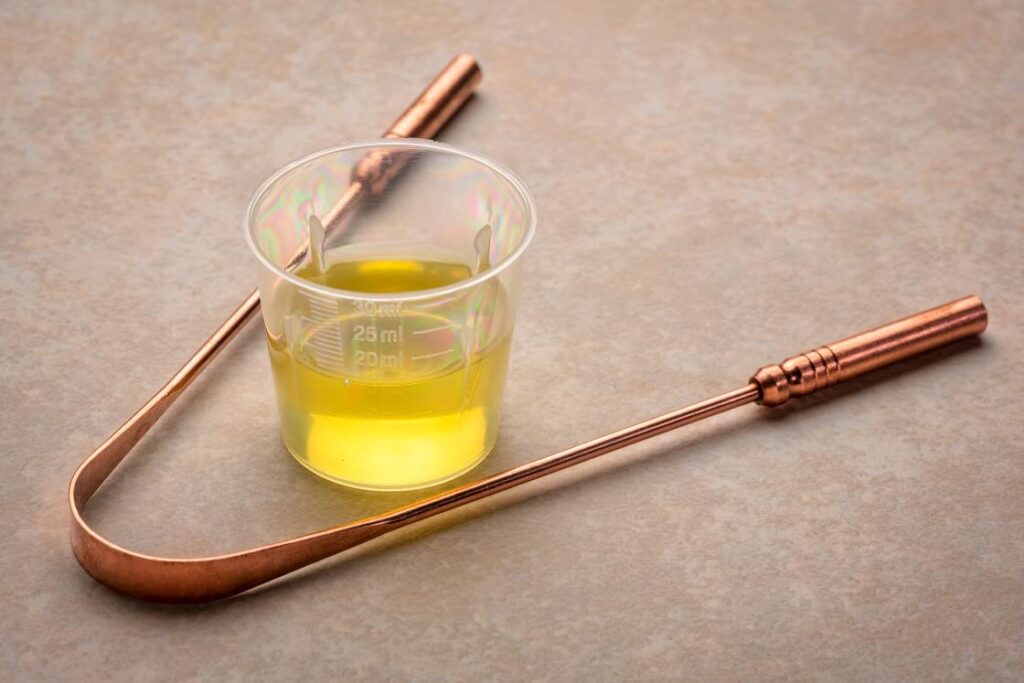
Kavala is a procedure of movement or swishing of any medicated liquid easily in the oral cavity for a certain duration and spitting it out.
Gandusha is a procedure of holding the medicated liquid in the oral cavity for a certain duration and spitting it out.
The liquids used in this procedure may be oils like sesame oil, coconut oil, various decoctions of the herbs like Triphala, kashaya, khadiradi kashaya, dashamoola kashaya, milk, honey, etc.
Benefits:
- It helps in the removal of debris from the oral cavity.
- It strengthens the gums, teeth
- It improves the voice
- It reduces bleeding gums, hypersensitivity of tooth, mouth ulcers, etc oral disorders
- It is beneficial in maintaining oral hygiene
- It removes bad odour from mouth
- It improves taste perception
- It helps in maintaining the balance of all the dosha
5. Nasya – nasal instillation
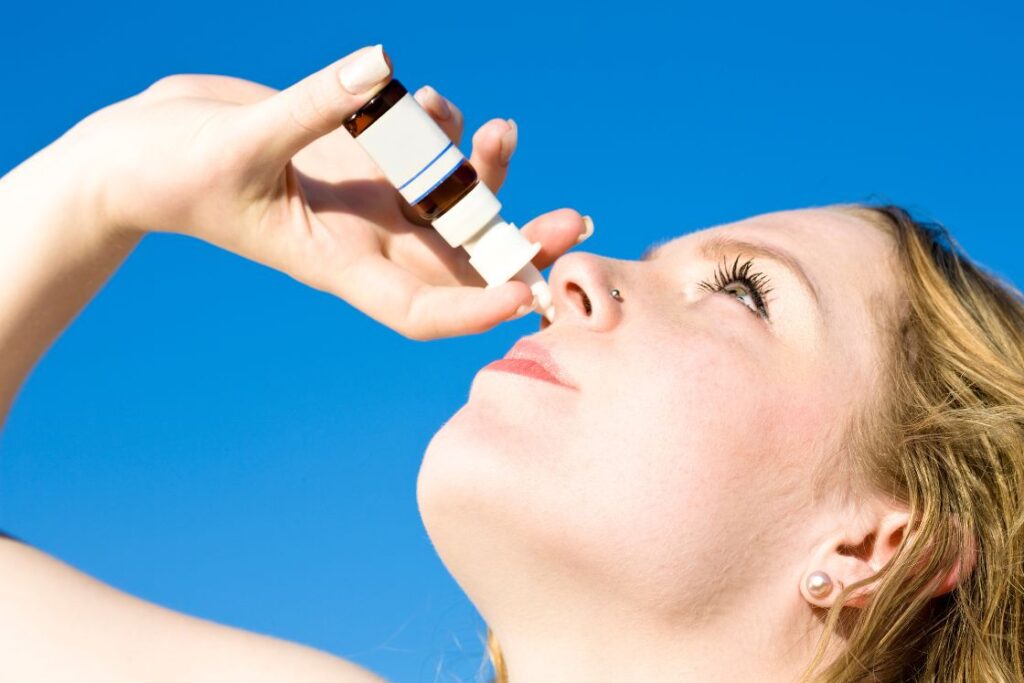
Nasal instillation of medicated liquid into the nasal route is called Nasya.
Daily instillation of 2 drops of medicated liquid into the nose is called pratimarsha nasya. The liquids used in this procedure may fresh pure cow ghee, or some medicated liquid-like anu taila, ksheerabala taila.
Benefits:
- It cleanses the nasal pathway, gives a soothing effect and clears the sinuses.
- It helps in the prevention of sinusitis, migraine and various headaches.
- It improves blood circulation to the face, head and neck region.
- It clears the mucous blockage.
6. Dhoomapana – medicated smoke inhalation
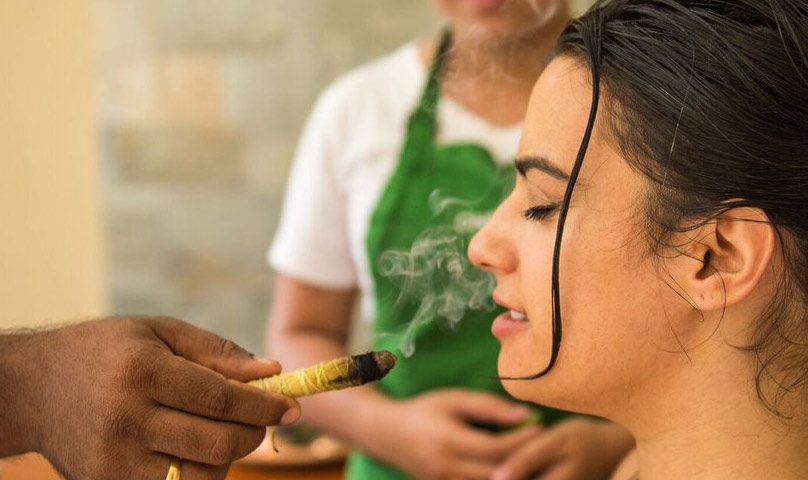
It is a procedure that involves the inhalation of herbal smoke. It is done after the nasya karma. It is beneficial in the prevention and treatment of diseases of the head and neck region caused due to the vitiation of Kapha dosha.
Benefits:
- It mitigates kapha dosha
- It removes mucous blockage at nasal passage
Care should be taken before this procedure as this procedure increases pitta dosha within the body. If not done properly it may lead to bleeding disorder, blindness, fainting, delusion and deafness.
7. Anjana – collyrium
The application of medicated collyrium on the eye is called anjana karma. It can be prepared with various herbs like Daruharidra, Haridra, Triphala etc. various types of Anjana include rasanjana, souveeranjana.
Benefits:
- It improves vision
- It improves the beauty of the eye
- It is helpful in the prevention and treatment of eye disorders
8. Abhyanga – oil massage
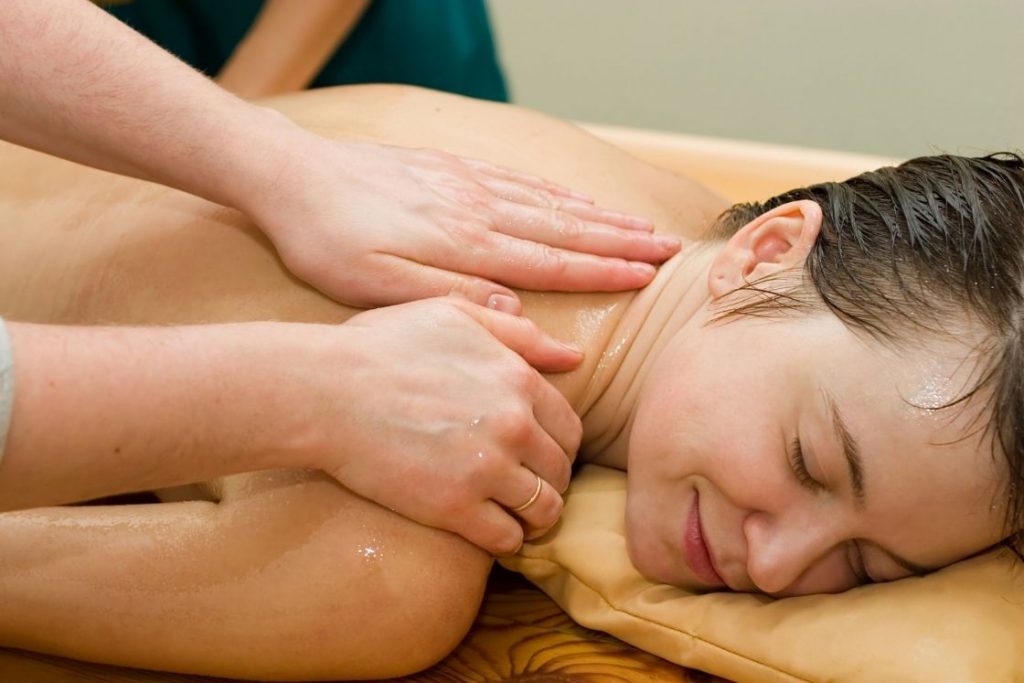
The application of medicated oil on the whole body away from heart in the direction of body hair is called abhyanga. Slight pressure is applied on the body in the form of massage, which helps in lubrication and absorption of active principles from the oil.
Astanga Hrudaya opines that abhyanga should be done daily on at least the head, ears and legs if not possible to do on the whole body.
Benefits:
- It mitigates Vata
- It soothes the skin, improves the lustre
- It delays ageing process.
- It improves vision.
- It prevents the onset of diseases like arthritis, dryness of skin, foot cracks etc
- It improves stability of body.
- Application of oil on head daily prevents early greying of hair, hair fall, balding and improves vision and imparts sound sleep.
- It relieves pain.
- It reduces tiredness.
9. Udwartana – powder massage
It is a procedure where medicated herbs in powder form are rubbed all over the body in a specialized technique (massage in upward direction, opposite direction of the body hairs) and for a specified time.
Benefits: Various Ayurveda classical literature opinion on the benefits of udwartana is explained below.
- Sushrutha samhitha explains the benefits of udwartana as it mitigates vata dosha, kaphamedovilapanam (liquefies and mobilizes stagnant kapha and adipose tissue), anga sthirikaranam (provides stability to body parts), twak prasadakaram (rejuvenates the skin).
- Astanga Hrudaya adds the benefits of udwartana as mitigates kapha
- Yogaratnakara : It states that udwartana is kaphahara (reduces kapha), medogna (reduces meda dhatu), shukrada(aphrodisiac), balya (improves the strength), shonitakrut (improves blood circulation), twak prasadakam(rejuvenates skin)
10. Vyayama – exercise
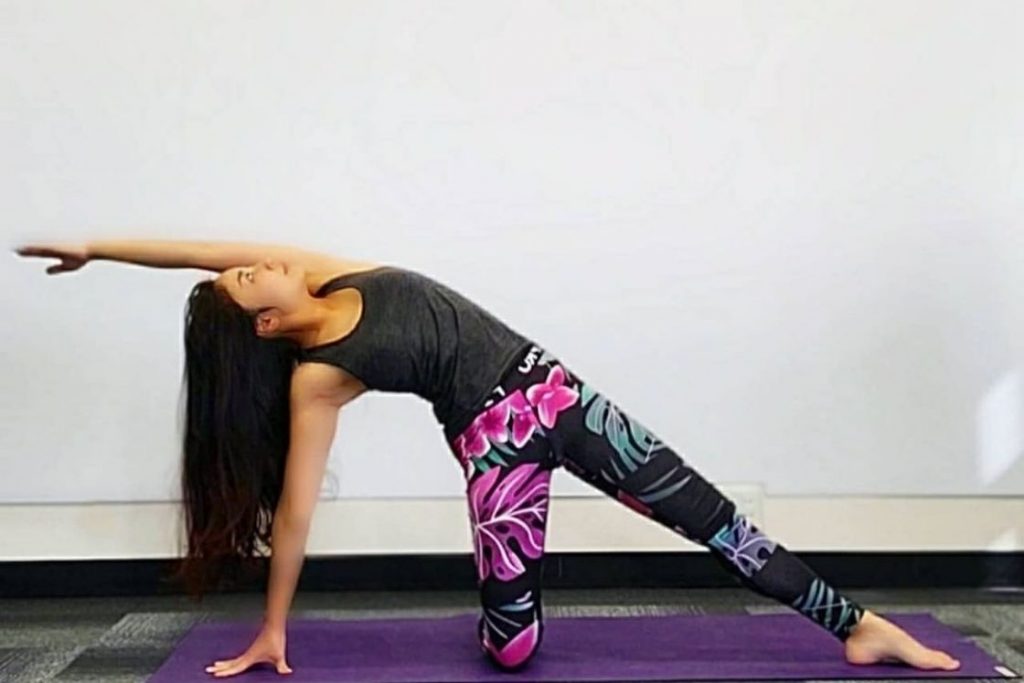
Astanga hrudaya explains physical activity in the form of exercise which bestows physical exertion as vyayama. It increases pitta and Vata dosha. It decreases Kapha. Hence it is contraindicated in conditions wherever pitta and Vata are vitiated.
Duration:
It has to be performed until half of the strength is exhausted, which can be identified by the commencement of sweating in the forehead and armpit, and a change in breathing pattern.
Benefits:
- It reduces the deposition of fat in the body; hence it is indicated in obesity.
- It improves the blood circulation
- It imparts lightness to the body.
- It increases body strength and makes the body firm and strong.
- It removes laziness and increases work efficiency.
Contraindication:
- During the person feels hungry and thirsty
- A person with vata constituency
- Old age, children, persons suffering from fever, breathing disorder, haemorrhagic disorder, and psychological disturbances like grief, sorrow and fear.
11. Snana –bath
Ayurveda explains cleansing the body by bathing as snana. It gives prime importance to personal hygiene through physical cleanliness.
Astanga Hrudaya opines that bathing over head and neck region should be done with normal temperature water and the other parts below the neck should be done with warm water. Vice versa of this will lead to various disorders i.e. bathing with hot over head and neck and use of cold water on body below neck region will result in various diseases.
Ayurveda explains various powders for cleansing the body during bath like triphala churna, haridra churna, manjista churna, aristaka etc.
Benefits:
- It removes bad odour from the body
- It cleanses the body; hence feeling of freshness is attained.
- Bathing with warm water on the extremities will improve blood circulation and reduce Vata dosha.
When to do snana?
Ayurveda opines snana should be done after abhyanga, udwartana and vyayama and before food intake.
Ratricharya
Activities to be followed during nighttime are explained as Ratricharya.
Ayurveda explains to take light, easily digestible, favourable food during night time. The ideal time for food intake at night time is within 2 hours after sunset. After the food intake, it is explained to walk gently for 100 steps. After 2 hours of food intake sleep is indicated so that the food consumed will be digested and the stomach will be light. Sleep is advised in a comfortable wide smooth bed on a cot that is knee-high height. The person should sleep placing the head in the east direction.
Importance of Dincharya in Ayurveda

Dincharya helps to maintain a healthy lifestyle while keeping balance with life’s ebb and flow. Creating a formal practice of ayurvedic routine can be extremely beneficial to our physical, mental and spiritual health.
Following dincharya keeps your life in harmony with the natural rhythms through activities such as early rising, cleansing rituals, exercise, consumption of medicinal herbs and healthy food throughout the day.
Below are some benefits of following Dincharya:
- The balance of the dosha in the body is maintained.
- Practise of Dinacharya helps in the prevention of onset of diseases
- It promotes good health through its individual practice’s benefits.
- It improves the longevity of an individual.
Conclusion
The health of an individual can be attained by the perfect balance of mind and body.
Practise of Dinacharya helps in the maintenance of health by imparting balance in body and mind. The various methods mentioned in Ayurveda help an individual to lead a healthy and long life.
The present hectic lifestyle, intake of incompatible foods, irregular food timings, lack of proper sleep and self-care has led the human population to stress, lifestyle disorders and a shorter life span. Small changes in the daily regime by following the principles of Dinacharya can bring the needed change to a healthy regime.
The post Dincharya: 11 Ayurvedic Daily Routine Practices for a Healthier Life appeared first on Fitsri.
